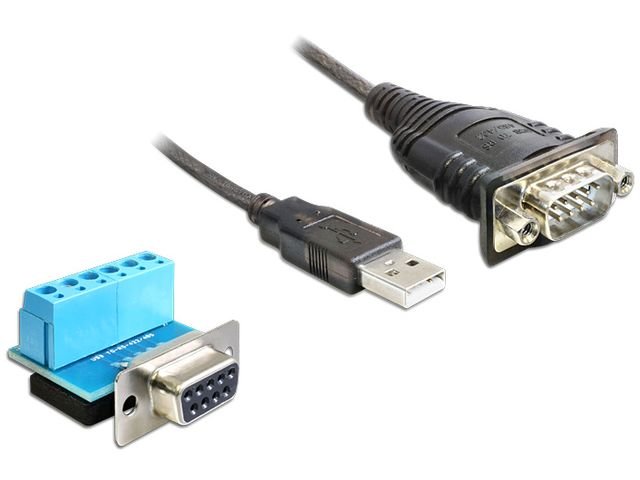
Some, such as mobile phones, can take either role depending on what kind is detected on the other end. Devices ĭevices may be hosts (with a downstream-facing port, DFP) or peripherals (with an upstream-facing port, UFP). There are USB-IF certification programs available for USB Type-C products and end users are recommended to use USB-IF certified cables. There are also cables which can carry only USB 2.0 with up to 480 Mbit/s data rate. They are marked with a SuperSpeed+ (SuperSpeed 10 Gbit/s) logo.
#Usb block 1.5.1 serial key full
įull-featured USB Type-C cables that implements USB 3.1 Gen 2 can handle up to 10 Gbit/s data rate at full duplex. USB Charging ports should also be clearly marked with capable power wattage. USB Type-C to USB Type-C cables supporting 5A current must contain e-marker chips (also marketed as E-Mark chips) programmed to identify the cable and its current capabilities.

These USB Type-C cables only support 2.0 speeds and do not support alternate modes.Īll USB Type-C cables must be able to carry a minimum of 3 A current (at 20 V, 60 W) but some can also carry high-power 5 A current (at 20 V, 100 W). USB Type-C cables that do not have shielded SuperSpeed pairs, sideband use pins, or additional wires for power lines can have increased cable length, up to 4 m.

The electronic ID chip provides information about product/vendor, cable connectors, USB signalling protocol (2.0, Gen 1, Gen 2), passive/active construction, use of V CONN power, available V BUS current, latency, RX/TX directionality, SOP controller mode, and hardware/firmware version.

Cable length should be ≤2 m for Gen 1 or ≤1 m for Gen 2. They are electronically marked cables that contain a chip with an ID function based on the configuration channel and vendor-defined messages (VDM) from the USB Power Delivery 2.0 specification. USB 3.1 cables are considered full-featured USB Type-C cables. Receptacles are found on devices and adapters. Two genders (kinds) of connectors exist, male (plug) and female (receptacle). The 24-pin double-sided connector is slightly larger than the micro-B connector, with a USB Type-C port measuring 8.4 millimetres (0.33 in) wide, 2.6 millimetres (0.10 in) high, and 6.65 millimetres (0.262 in) deep. USB Type-C port (receptacle) on a mobile phone USB Type-C® and USB-C® are registered trademarks of USB Implementers Forum. USB-IF also supports the use of “USB-C®” as viable terminology to minimize word count or for other marketing purposes. When referencing the specification in any material, always use the word mark USB Type-C®. USB Type-C cables interconnect hosts and devices, replacing various other electrical cables and connectors, including USB-A and USB-B, HDMI, DisplayPort, and 3.5mm audio jacks. 5.2.3 Compatibility with other fast charging technology.5.2.2 Compatibility with audio adapters.3 USB Type-C receptacle pin usage in different modes.2.3 Alternate Mode partner specifications.2.1 USB Type-C Cable and Connector Specification.

USB4, released in 2019, is the first USB transfer protocol standard that is only available via USB Type-C. It preserves existing USB 3.1 SuperSpeed and SuperSpeed+ data modes and introduces two new SuperSpeed+ transfer modes over the USB Type-C connector using two-lane operation, with data rates of 10 and 20 Gbit/s (~1.2 and 2.5 GB/s). USB 3.2, released in September 2017, replaces the USB 3.1 standard. Ī device with a USB Type-C connector does not necessarily implement USB, USB Power Delivery, or any Alternate Mode: the USB Type-C connector is common to several technologies while mandating only a few of them. In July 2016, it was adopted by the IEC as "IEC 6". It was developed at roughly the same time as the USB 3.1 specification. The USB Type-C Specification 1.0 was published by the USB Implementers Forum (USB-IF) and was finalized in August 2014. The designation C refers only to the connector's physical configuration or form factor and should not be confused with the connector's specific capabilities, which are designated by its transfer specifications (such as USB 3.2). USB Type-C is a 24-pin USB connector system with a rotationally symmetrical connector.


 0 kommentar(er)
0 kommentar(er)
